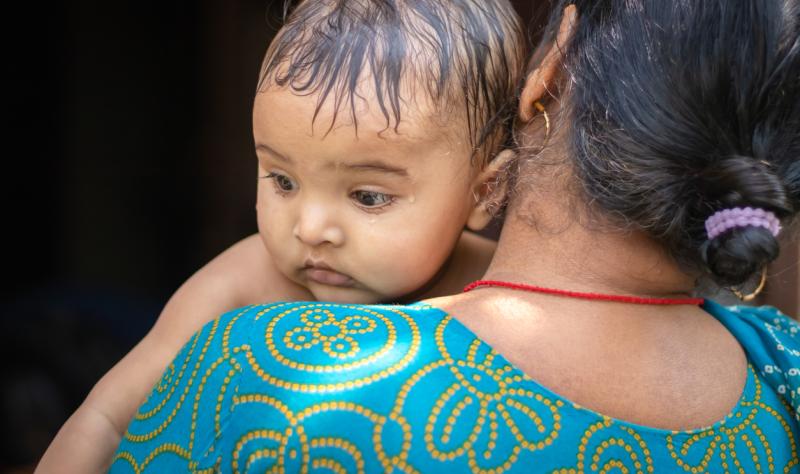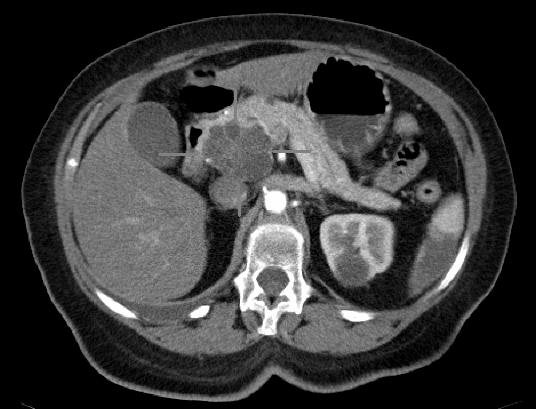Tuberculosis (TB) is on the rise and has once again overtaken COVID-19 as the world’s leading infectious disease killer, according to the latest report from the World Health Organization (WHO).
The Global Tuberculosis Report 2024, released today, shows 8.2 million people were newly diagnosed with TB in 2023, a figure that represents the highest number of TB cases recorded by the WHO since it began global TB monitoring in 1995. It also marks a significant increase from the 7.5 million new TB cases reported in 2022.
In addition, the total number of people who contracted TB last year—a number that includes those not officially diagnosed—rose to an estimated 10.8 million in 2023, up from 10.7 million in 2022 and 10.1 million in 2020. But the gap between the estimated number of new cases and notified cases fell to 2.7 million, well down from the 4 million seen in in the first 2 years of the COVID-19 pandemic, when access to TB diagnosis and treatment was limited.
Although the estimated number of 1.25 million TB deaths in 2023 is down from the 1.32 million recorded in 2022 and continues a declining trend from the height of the COVID-19 pandemic, that number still far surpasses the 320,000 COVID deaths officially reported to the WHO last year.
WHO officials say the decline in TB deaths and a narrowing of the gap between incident and notified TB cases are positive trends that suggest that TB preventive, diagnostic, and treatment services have largely recovered from COVID-related disruptions. But persistent challenges remain, and countries are well off track of targets for reducing the global TB burden.
“The fact that TB still kills and sickens so many people is an outrage, when we have the tools to prevent it, detect it and treat it,” WHO Director-General Tedros Adhanom Ghebreyesus, PhD, said in a press release. “WHO urges all countries to make good on the concrete commitments they have made to expand the use of those tools, and to end TB.”
Catastrophic costs for TB patients
The WHO says most of the global increase in incident TB cases from 2022 to 2023 likely reflects population growth. Still, the net reduction in TB incidence from 2015 to 2013 was only 8.3%, which is far from the WHO’s END TB Strategy milestone of a 50% reduction by 2025.
As in previous reports, the data show that 30 mostly low- and middle-income countries (LMICs) bear 87% of the global TB burden, with five countries—India, Indonesia, China, the Philippines, and Pakistan—combining for 56% of the burden. Of the 8.2 million people diagnosed with TB in 2023, 55% were men, 33% were women, and 12% were children and young adolescents.
According to the report, a significant number of new TB cases are driven by five major risk factors: undernutrition, HIV infection, alcohol use disorders, smoking, and diabetes.
“Tackling these issues, along with critical determinants like poverty and GDP [gross domestic product] per capita, requires coordinated multisectoral action,” the agency said.
Among the positive notes from the report is that the treatment success rate for drug-susceptible TB remains high, at 88%, and that treatment success for multidrug-resistant or rifampicin-resistant (MDR/RR)-TB has risen to 68%. That’s largely the result of the shorter, less toxic treatment regimens for MDR/RR-TB now recommended by the WHO.
The fact that TB still kills and sickens so many people is an outrage, when we have the tools to prevent it, detect it and treat it.
But of the 400,000 people estimated to have developed MDR/RR-TB in 2023, only 44% received diagnosis and treatment. Of those with drug-susceptible TB, 63% were diagnosed based on bacteriologic confirmation, and roughly 75% received treatment.
The WHO says that one of the barriers to closing diagnostic and treatment gaps is the financial cost faced by people with TB, which were analyzed for the first time in the new report. The analysis found that 50% of TB patients face total costs (including direct medical expenditures, non-medical expenditures, and loss of income) that account for more than 20% of their income, an amount the WHO defines as “catastrophic.”
At a WHO press conference today, TB survivor and advocate Shaka Brown, who was diagnosed with TB in 2013 and nearly died, addressed this issue.
“Half of those in the world that are affected by TB suffer a significant financial burden,” Brown said. “I was lucky. I went to the hospital thinking I might be there for the weekend and left 4 months later. How many of us could not return home for 4 months and still have a home?”
Funding shortfalls
Another challenge highlighted in the report is a further decrease in global funding for TB services. At the 2023 United Nations High-Level Meeting on TB, UN member states agreed to a goal of mobilizing $22 billion per year for TB preventive, diagnostic, and treatment services in LMICs by 2027. But the total funding available in 2023 was only $5.7 billion, lower than the $6 billion available in each of the 3 previous years and only 26% of the UN target.
Tereza Kasaeva, PhD, director of the WHO’s Global TB Programme, said the amount was insufficient to meet essential TB service needs.
“Sustained financial investment is crucial for the success of TB prevention, diagnosis, and treatment efforts,” she said. “With only 26% funding, it’s not possible to provide 100% access to all those who are in need.”
Kasaeva also noted that global investment in TB research in 2023 was roughly $1 billion, only one-fifth of the annual $5 billion target, adding that underfunding of TB research will impede the development of new TB diagnostics, drugs, and vaccines.
Despite these challenges, Kasaeva expressed optimism about shorter treatment regimens and advances in rapid diagnostic testing and TB vaccine development. She cited the 15 vaccine candidates in the development pipeline, six of which are being investigated in phase 3 trials conducted in the highest-burden countries. In the political declaration adopted at the 2023 UN High-Level Meeting on TB, member states called for the development of at least one new effective TB vaccine by 2028.
“I’m very optimistic that we can reach this target, hopefully not only with one vaccine but maybe with more,” Kasaeva said.







